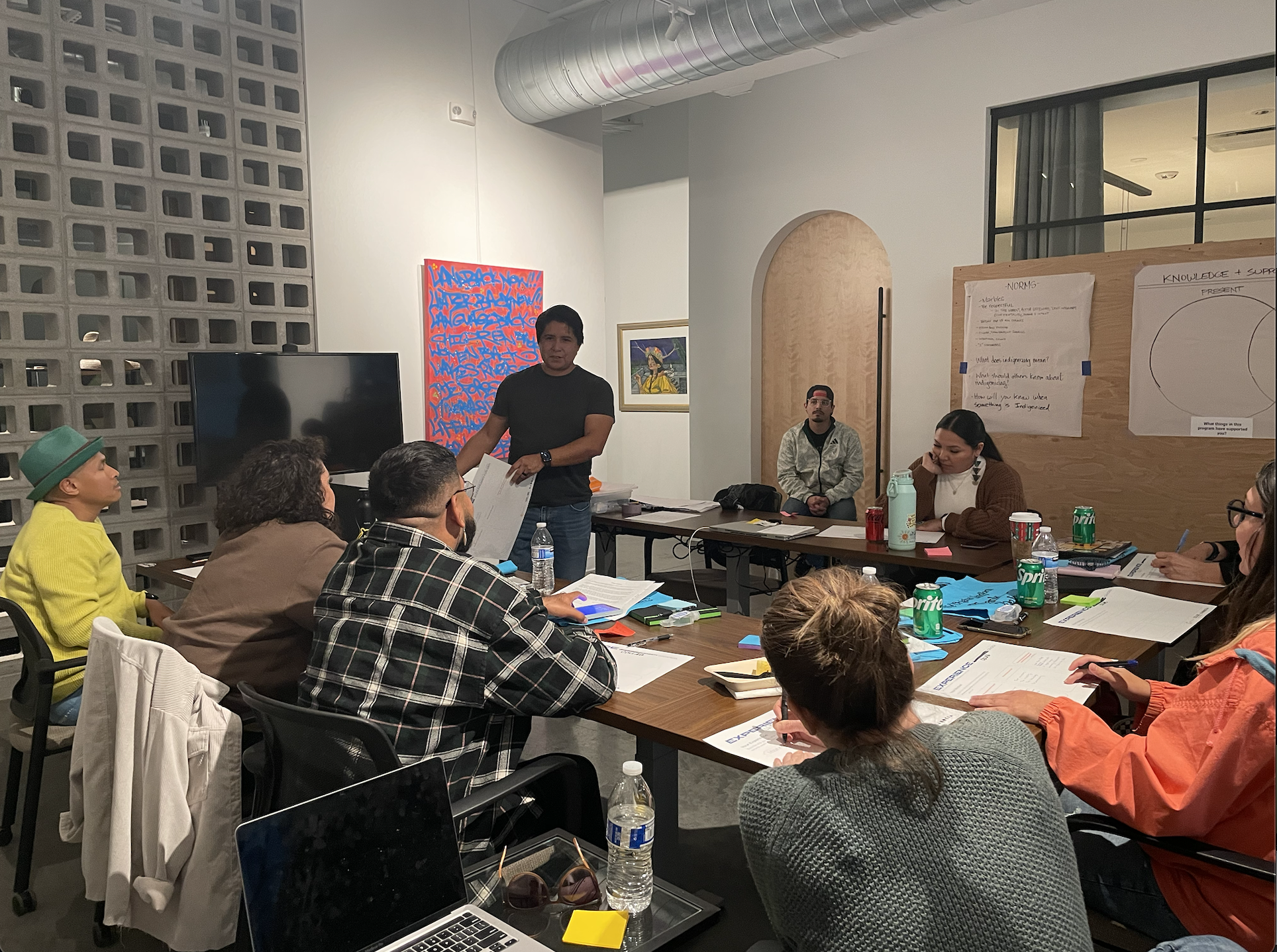Catapult Intern Experience: Digisha Verma

Digisha came to us with a strong desire to tackle a complex problem that she had experienced when her mother was hospitalized during COVID19 in India – the lack of patient-centered care in hospitals. During this internship, Digisha applied design research and service design methodology and tools to understand and visualize the many hurdles and challenges faced by healthcare professionals, patients and guardians in the Indian hospital context. Here, she shares her learnings from her experience as a Summer Intern at Catapult Design.
Digisha’s Internship Project Timeline
Begin Again
Only once in a blue moon does one end up striking an opportunity to work under the guidance of industry professionals as welcoming and accepting. Quite literally. This Summer internship at Catapult Design has changed my perception of design, drastically and for better.
The project that started in response to my mother’s hospital admission and my experience as a guardian began to suffocate in the UX domain where I had strictly placed it. Fundamentally, UX design processes tend to follow a product-centric design process, often resulting in solutions that cater to digital interfaces, including web applications, mobile applications, interactive screens, etc.
As much as I hate to admit it, the scope of the project was originally narrow and solution-centric because of my emotional attachment to the project. Solutions found their roots in the literature reviews, and quantitative surveys floated to affirm my hypothesis, resulting from my need to make sense of the qualitative primary research. During the initial weeks of the internship, the project’s domain shifted towards service design, resurrecting the project and providing for a greater set of opportunities to be uncovered.
Relationship between the five fundamental design domains with service design encompassing the rest four.
An iterative approach religiously practiced at each step during the internship blurred the lines between the individual processes making the entire project a continuous whole. It brought along a heartbreaking realization of not being too emotionally attached to the project but finding a sweet spot where you can still work passionately across the different domains of design.
An excerpt from the qualitative data collected during the internship from primary sources (would give my pre-internship self nightmares)
Lessons Learnt
ONE: PLANNING AHEAD
During the early stages of my internship, I learned the practicality of planning ahead in an orderly manner with structured processes and methodologies which are flexible enough to modify and alter in response to changes in the project. Bi-weekly presentations with the team shed a light on the importance of understanding and implementing the difference between extensive research and presenting the extensive research into bite-sized consumable bits for an audience. Planning is a necessary step in Design, be it for presentations regarding the project, interviews with stakeholders, asking for feedback or looking ahead.
Two: Coming to Terms with Constraints
For an extremist, who likes to be all in or all out, defining constraints did not come easy. Determining the scope of the project at first seemed akin to stunting its growth before it even had a chance to sprout. The team’s constant support and mentorship provided me with the safety net to ease into establishing constraints and accepting the limitations of working on the project as an individual, a student and an advanced beginner in the domain of design by making the most of the limited resources, working in unconventional ways and creating active engagement with the resources that are accessible.
Three: Facilitating Feedback
The realization of the importance of facilitating the feedback I received on my deliverables increased tenfold with every presentation as the depth of the project grew and the directions it could take diversified innumerably. Receiving constructive feedback was an essential step in determining the scope of a project that was constantly evolving, being iterated upon over and over with every new data point. Being intentional about the feedback I received from other designers encouraged me to take ownership for my work which provided for a sense of creative freedom and increased productivity as the barriers on choices got lifted, and created endless possibilities.
The End is also a Beginning
The environment that Catapult provided allowed me to absorb all the knowledge and be expansive towards its application as the consequences of going astray were non-existent. At every step, my mentor was there to hand hold and ease me into the process and ground me if I go bonkers with the information overload. A lot of encouragement was given towards building upon soft skills and everyone was generous in providing constructive feedback.
In a nutshell, the internship has left me a changed woman in terms of personal and professional attributes and I wouldn’t have had it any other way.
We wish Digisha the very best as she continues to explore the opportunities she discovered during her internship as she continues to work on this project for her Graduation Project at Indian Institute of Technology, Guwahati.
Digisha Verma is a current student at the Indian Institute of Technology in Guwahati. She is a design thinking enthusiast with foundations circling the principles of inclusivity, accessibility, resiliency, and transparency, with a strong focus on incorporating ethical practices in her work. She aims to follow methodologies that enable people of all diversities in accessing honest and considerate environments.



